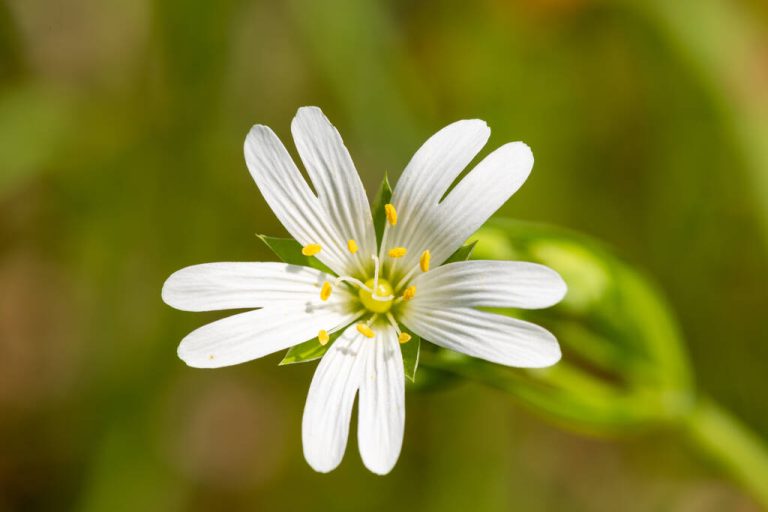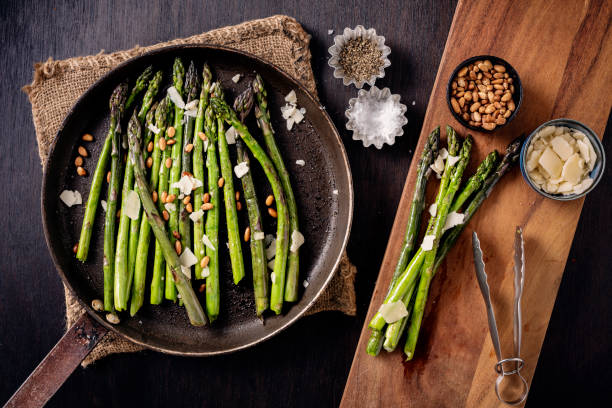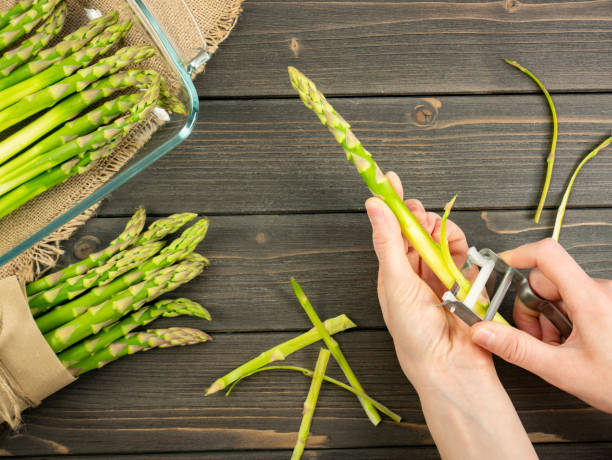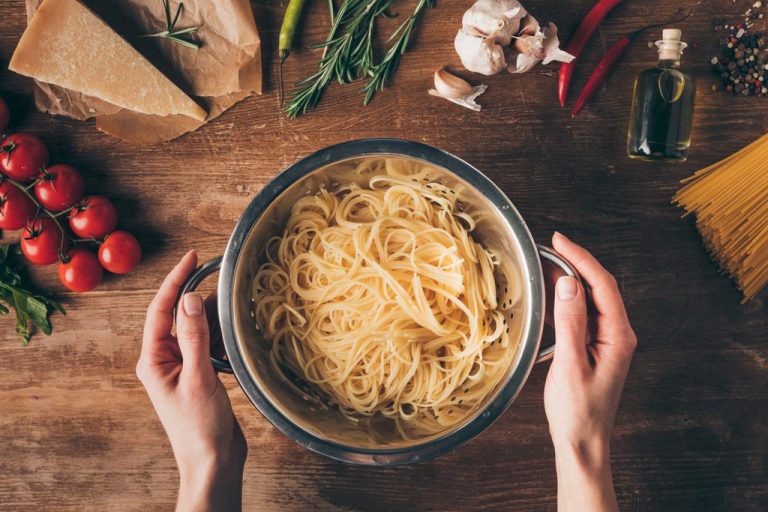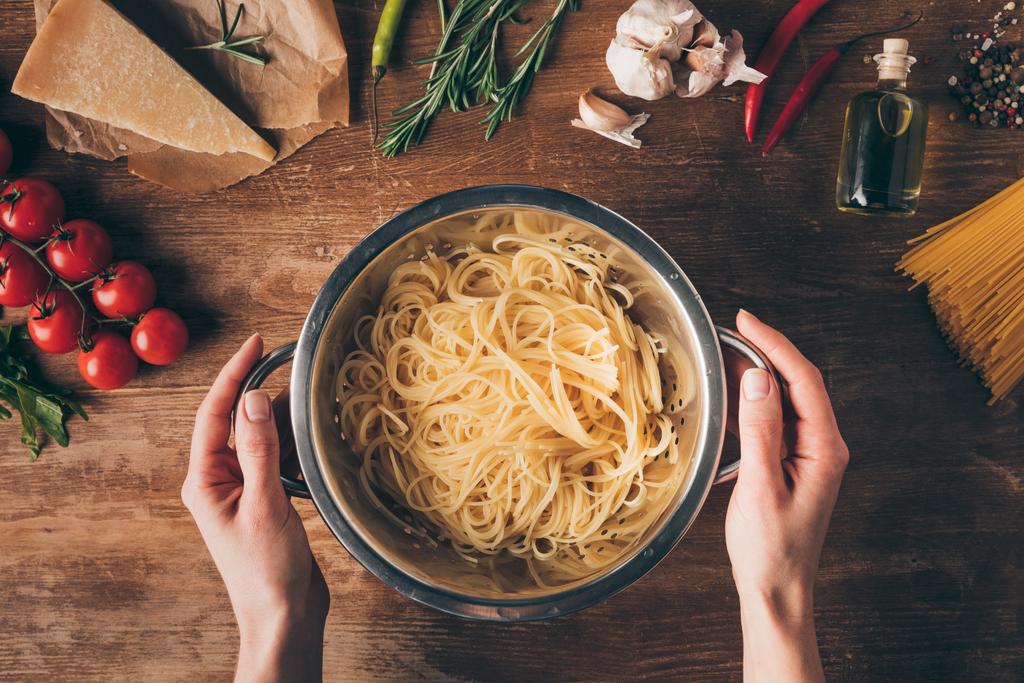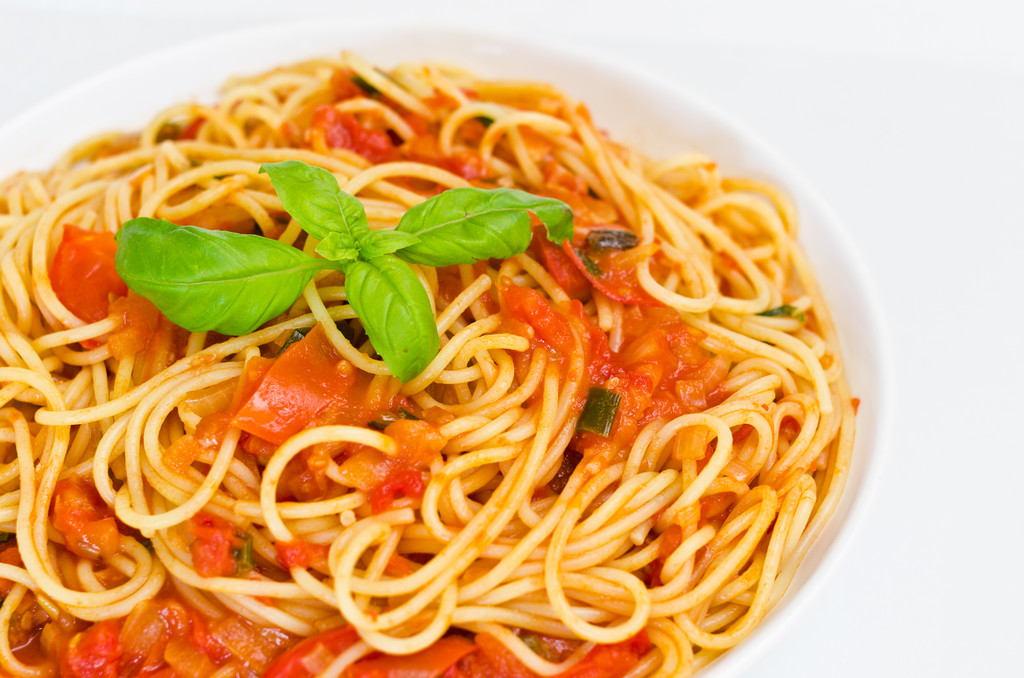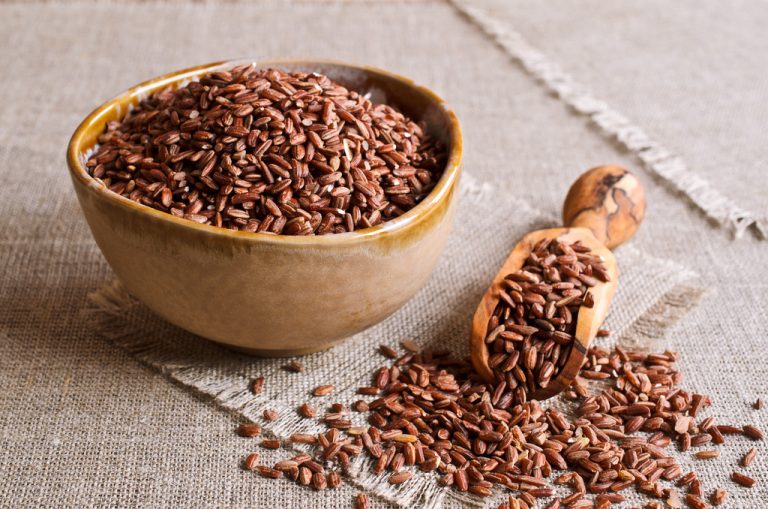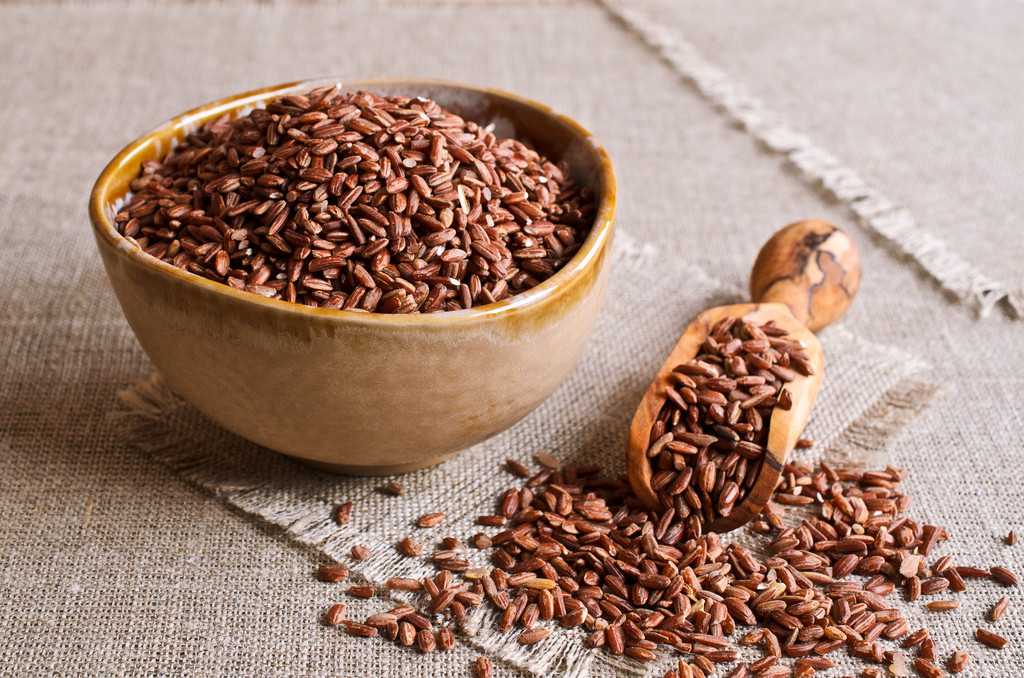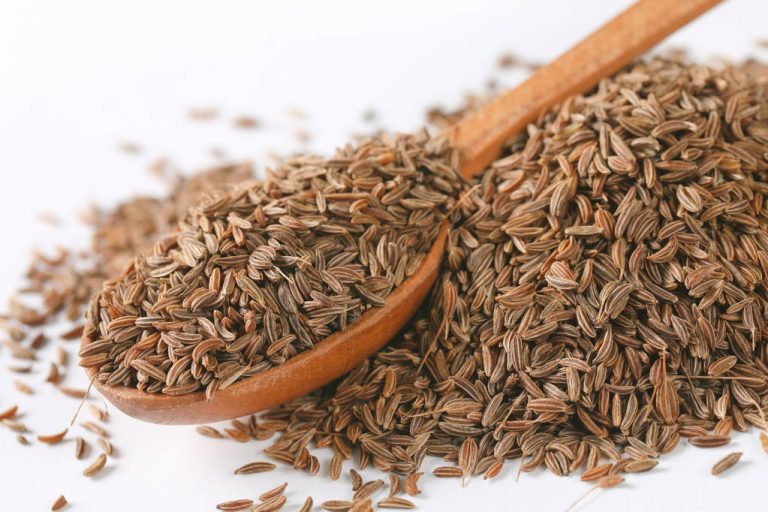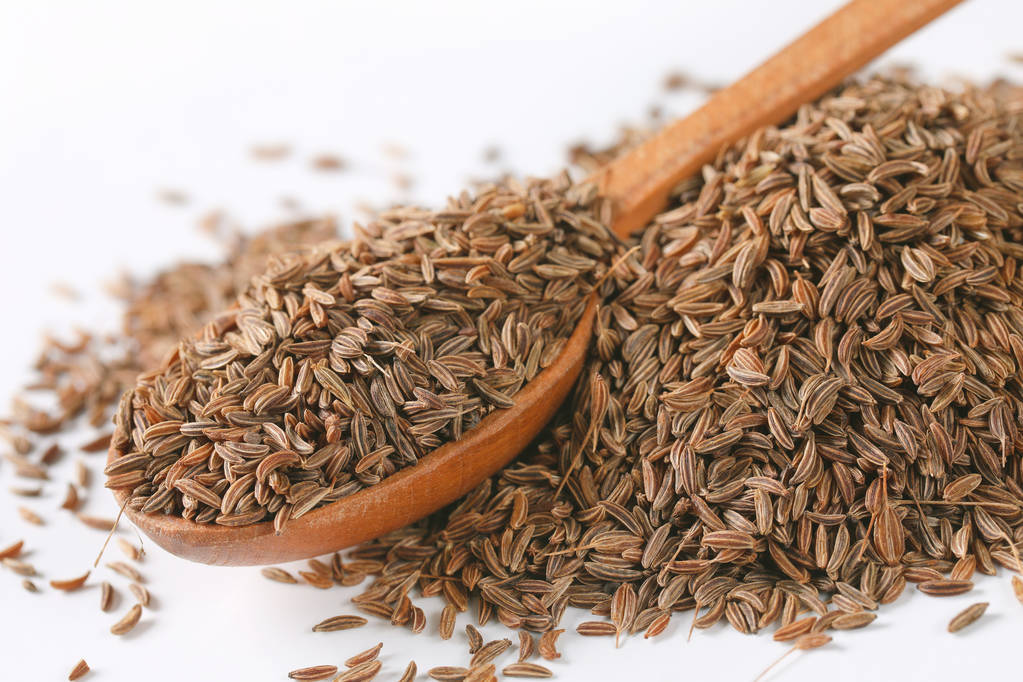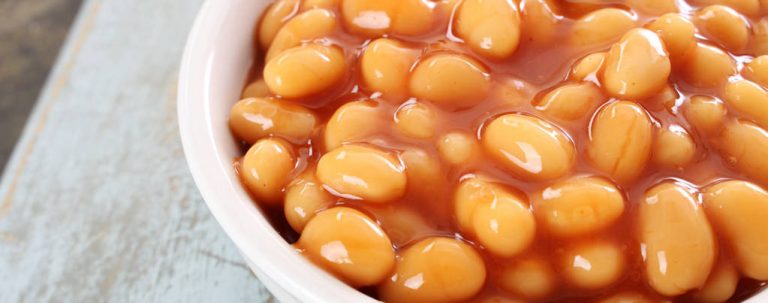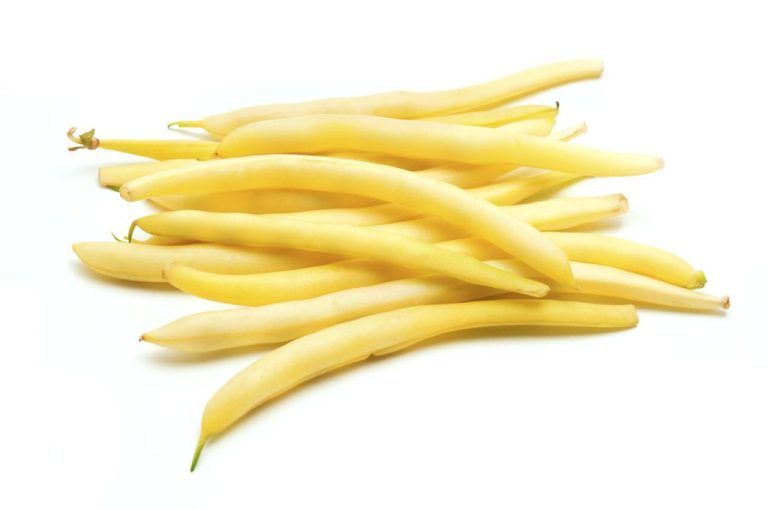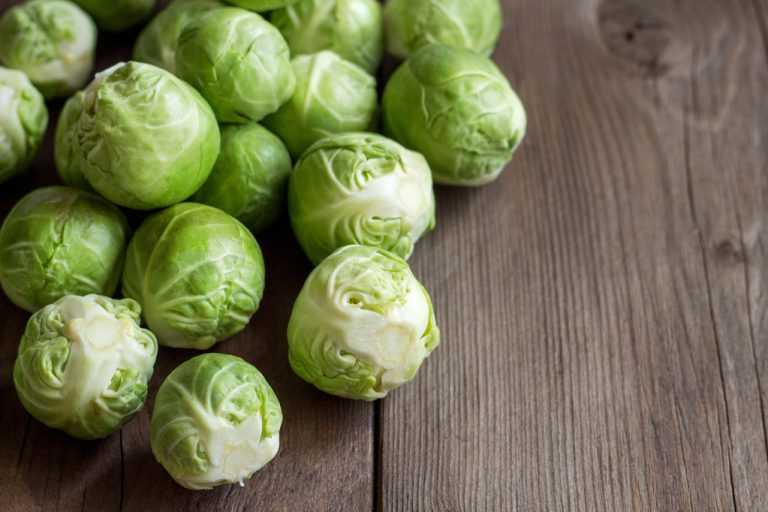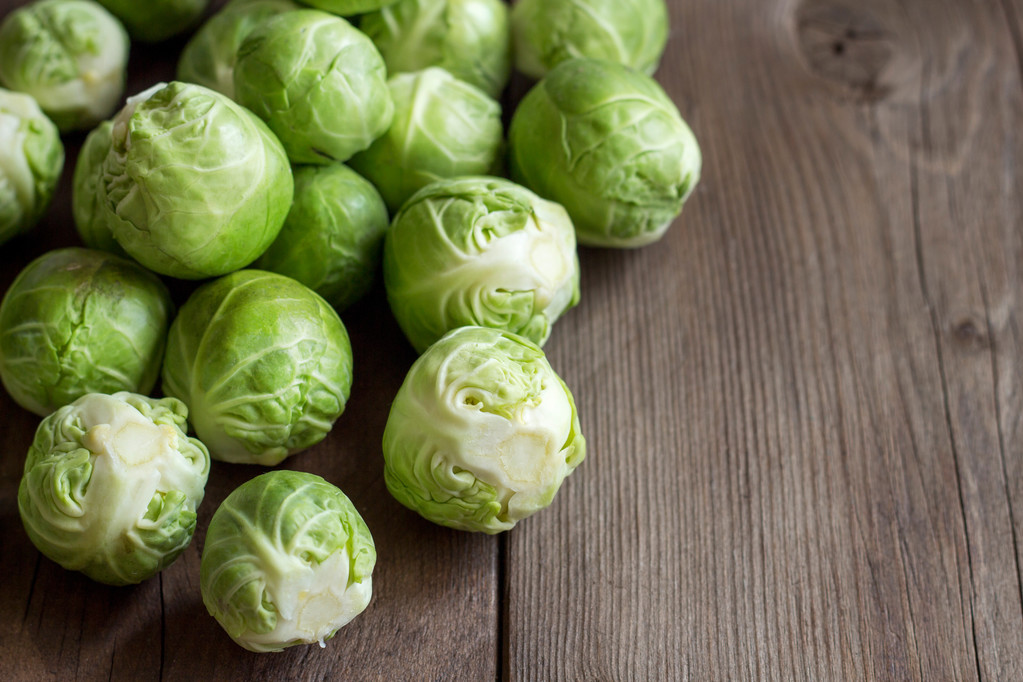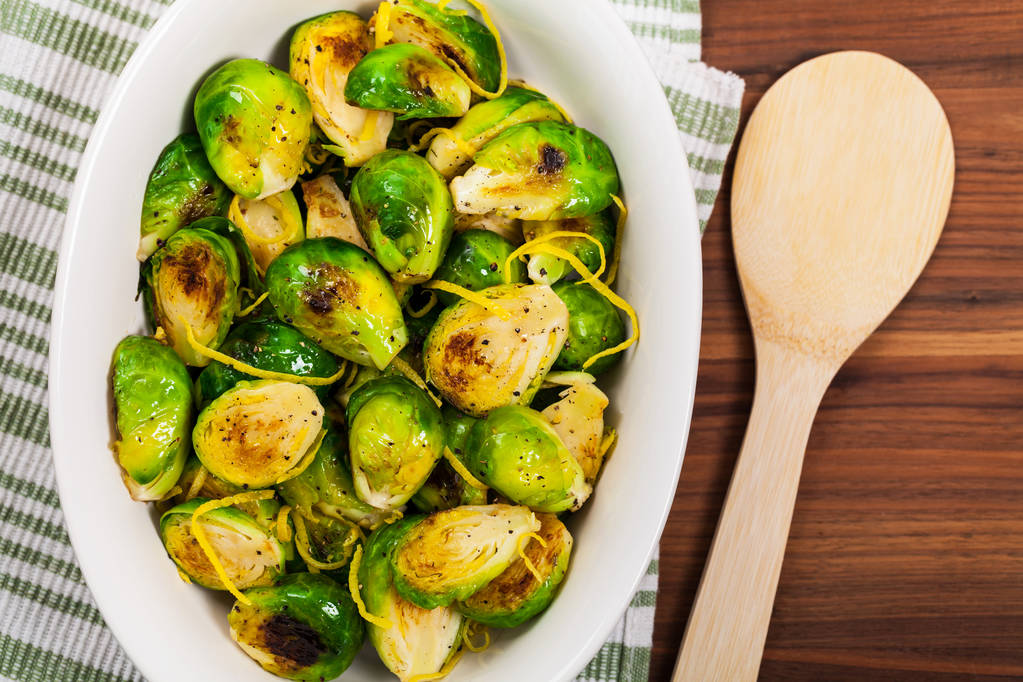Chickweed is often found in fields and gardens. Externally rather inconspicuous, the wild herb can be used in many ways in the kitchen – and is full of important nutrients.
Chickweed is also known as chicken gut in some regions of Germany. Both names are probably derived from the fact that it is popular with wild birds, but also with domestic chickens as a forage plant.
In humans, on the other hand, it is often considered a troublesome weed because it can spread like a carpet on farmland and overgrow large areas. However, chickweed does not do justice to this bad reputation, because it can be very useful: In the kitchen, it refines many dishes and also provides the body with plenty of vitamins and minerals.

Chickweed in the kitchen: salads, spreads and dips
Chickweed is hardy and grows all year round. You can harvest the fresh leaves at any time and use them in the kitchen. There are many ways to do this:
Salads: Chickweed leaves are a delicious addition to wild herb salads. The small, young leaves are particularly suitable for this, as they are particularly tender and juicy. The taste is reminiscent of young corn.
Herb butter: You can also cut the leaves of the chickweed into small pieces and use them for herb butter. You can also add other herbs if you like.
Herb quark: For a simple dip, you can mix the finely chopped chickweed with a little salt and pepper to make a herb quark. It is also suitable as a savory spread.
Pesto: For a delicious chickweed pesto, crush the leaves together with oil, salt and pepper, a little lemon juice and, depending on your taste, pine nuts or hazelnuts, for example. You can read exactly how to do this in our step-by-step recipe for homemade pesto.
Soup: You can use chickweed to enhance soups such as potato soup. But it also works well as a main ingredient.
Chickweed Soup: A simple recipe
For a simple soup made from chickweed leaves you need the following ingredients:
150 g Chickweed
1/2 onion
3 potatoes
some butter
300 ml vegetable broth
Salt
pepper
And this is how you prepare the soup:
Wash and chop the chickweed leaves.
Peel the onion and dice it finely. Peel the potatoes and cut them into slightly larger cubes.
Melt the butter in the saucepan. Add the chopped onion and sauté the diced onion for about 5 minutes until translucent. Then add the diced potatoes.
Deglaze the onion and potatoes with the vegetable broth. Then let the soup simmer on a low flame for about 15 to 20 minutes.
Now add the chickweed. Once the leaves have collapsed, remove the pot from the flame.
Puree the soup with the hand blender and then season with salt and pepper.

Chickweed and its ingredients: That makes them healthy
Chickweed leaves not only taste good, they are also rich in healthy nutrients such as vitamins and minerals. These include above all:
Vitamin A – important for skin and eyes
Vitamin B1 – necessary for the nervous system and metabolism
Vitamin B2 – promotes growth and development
Vitamin B3 – responsible for the utilization of fat, carbohydrates and protein
Vitamin C – strengthens the immune system
Iron – the body needs it to make blood
Phosphorus – the most important component of bones
Magnesium – supports muscle function and metabolism
Copper – important for cellular respiration
Potassium – ensures that the stimulus transmission of the muscles works
Silicic acid (silicon) – good for joints, connective tissue and hair
Chickweed also contains saponins. The foam-forming plant substances are also contained in horse chestnuts, for example. So far, there has been little research on how saponins affect the human body. According to studies, they should help to fight obesity.
Caution: If you prepare chickweed warm, you should be careful not to overcook it. Some of the valuable ingredients can be lost in the process. It is best to add them at the end of a soup or other warm dish.

